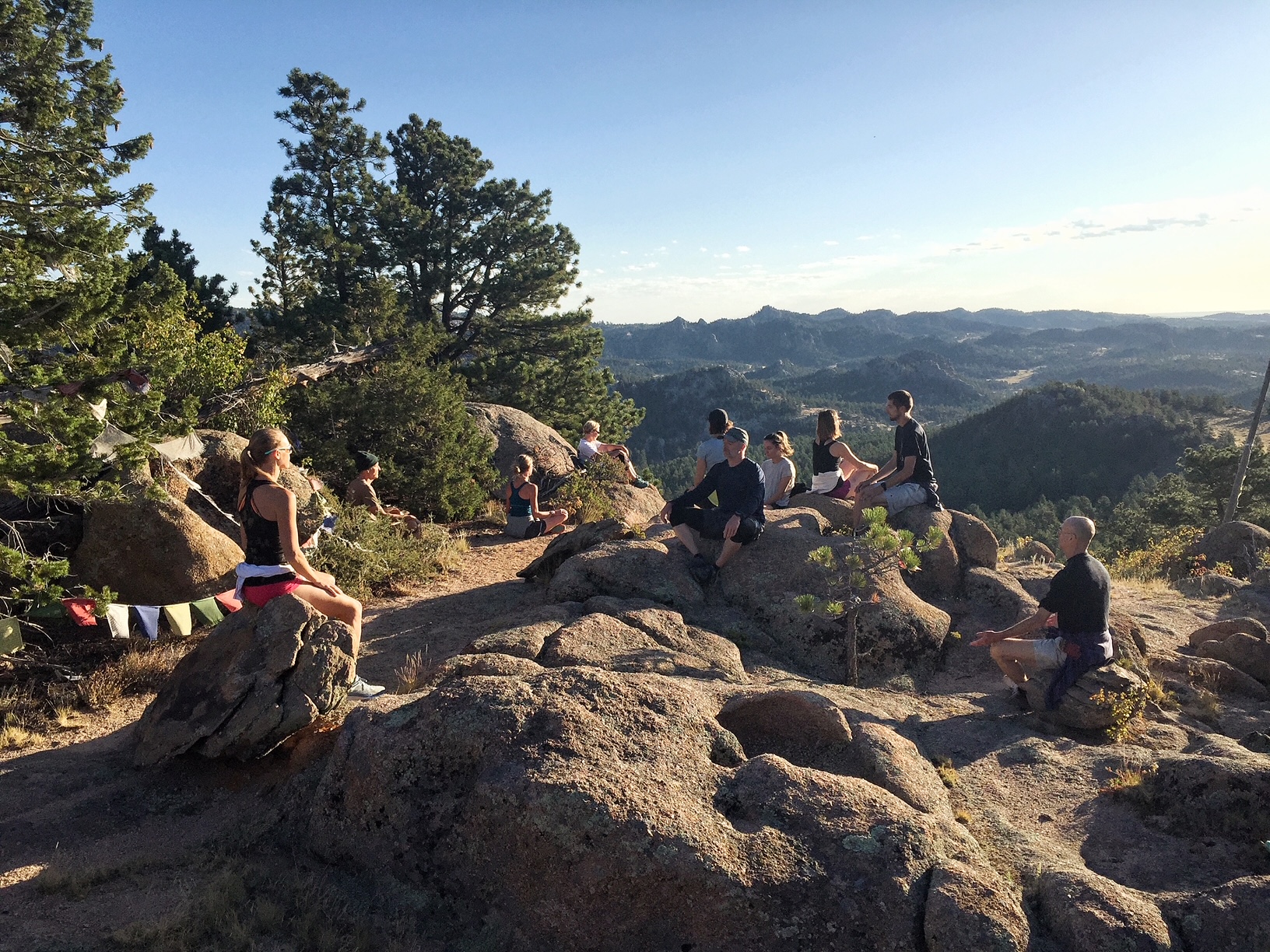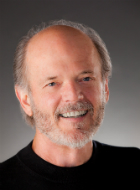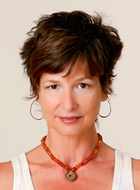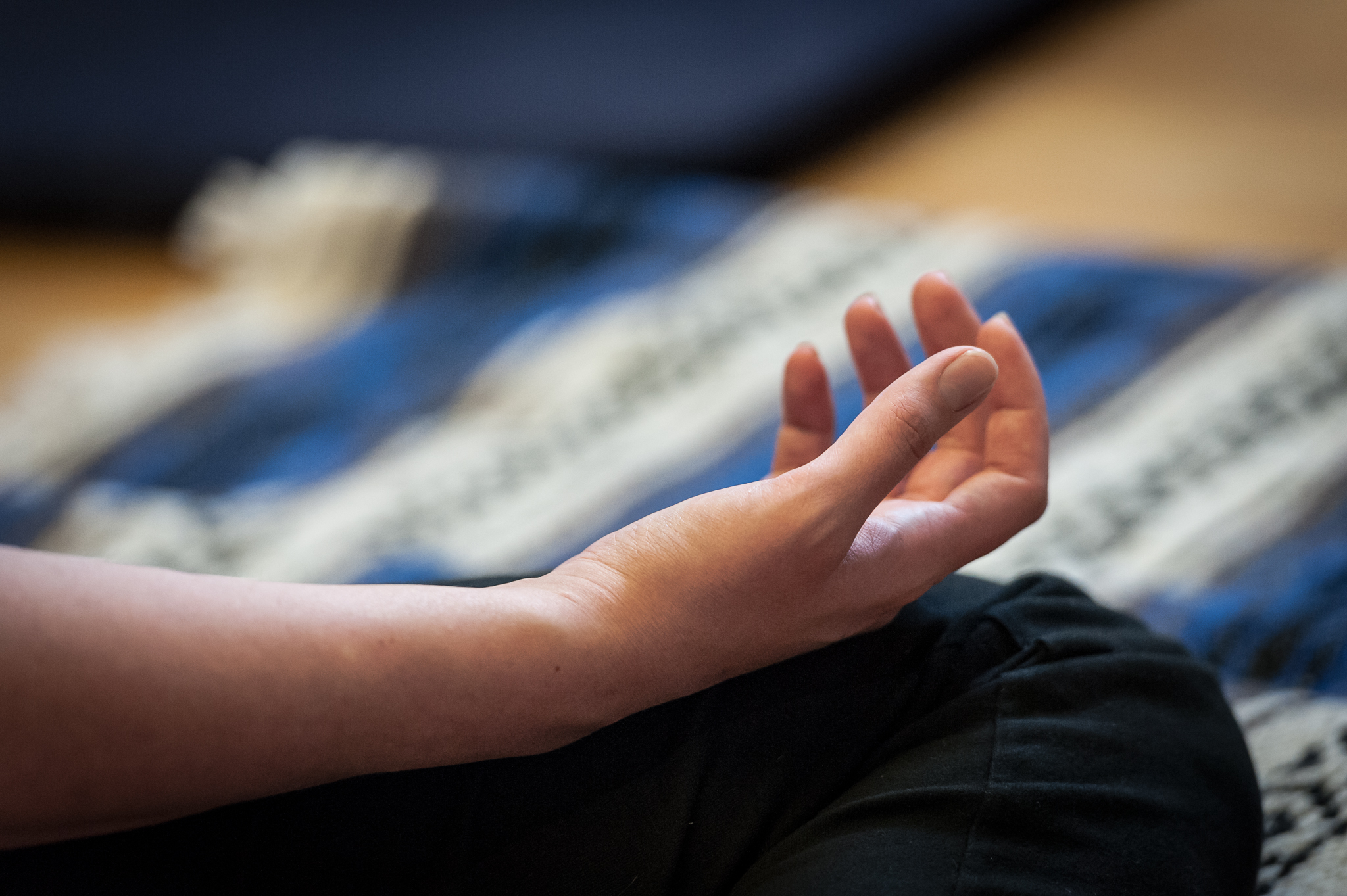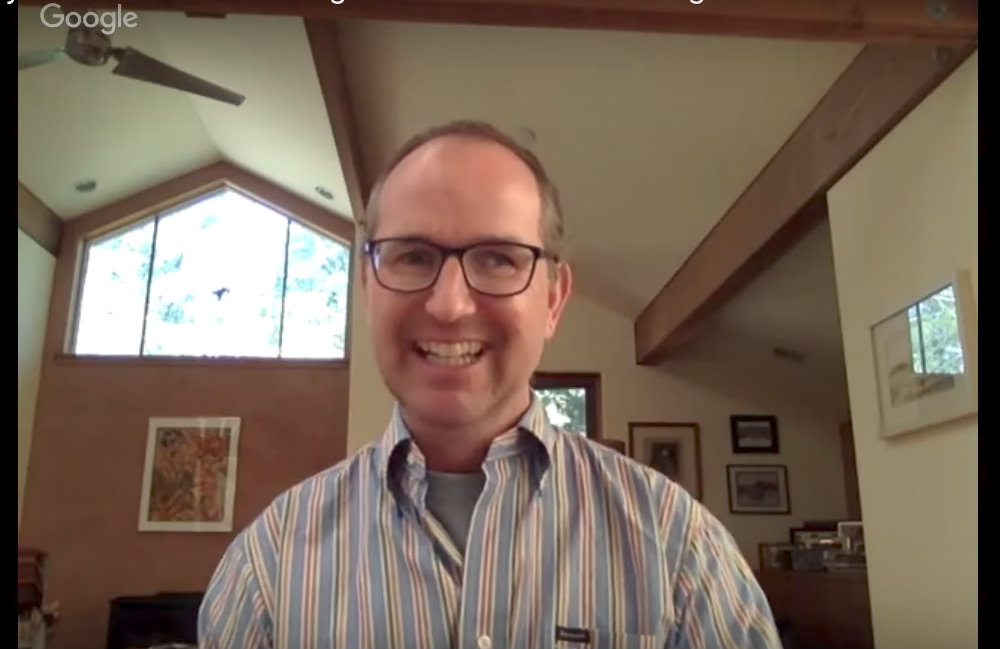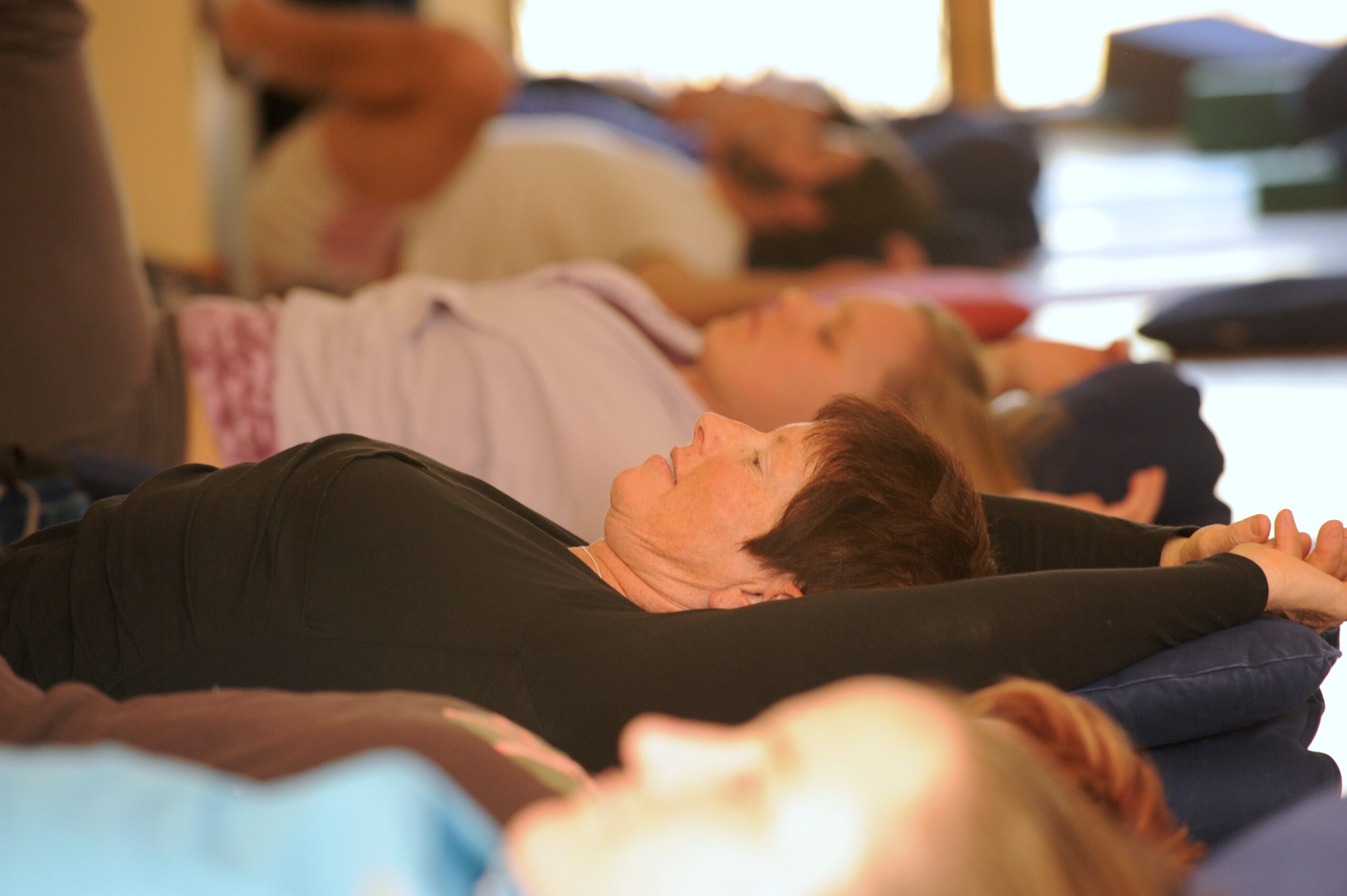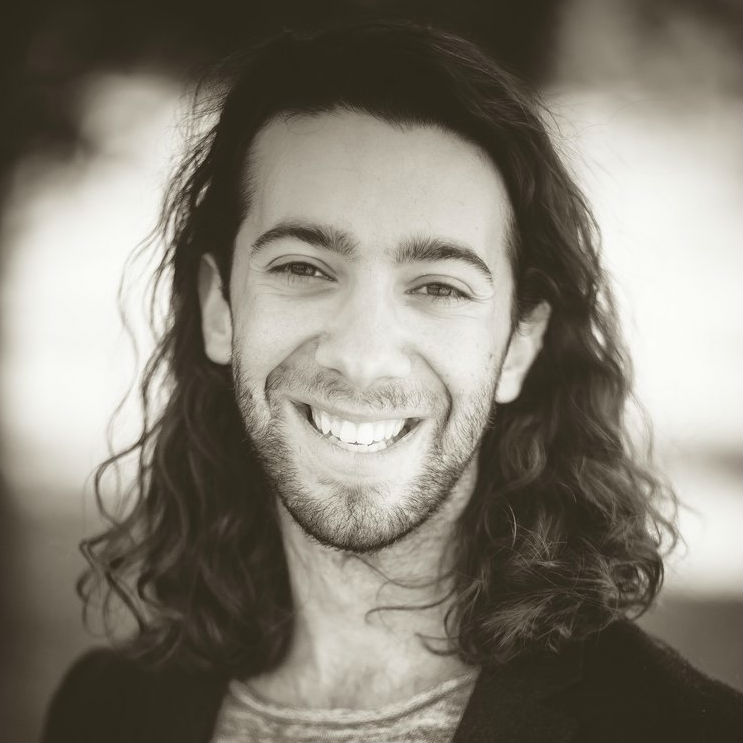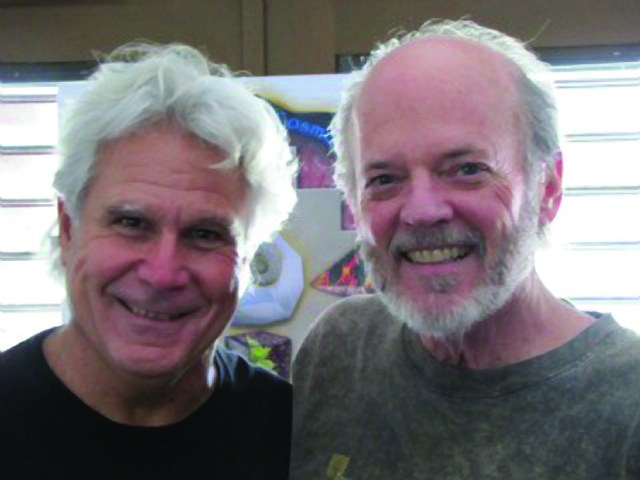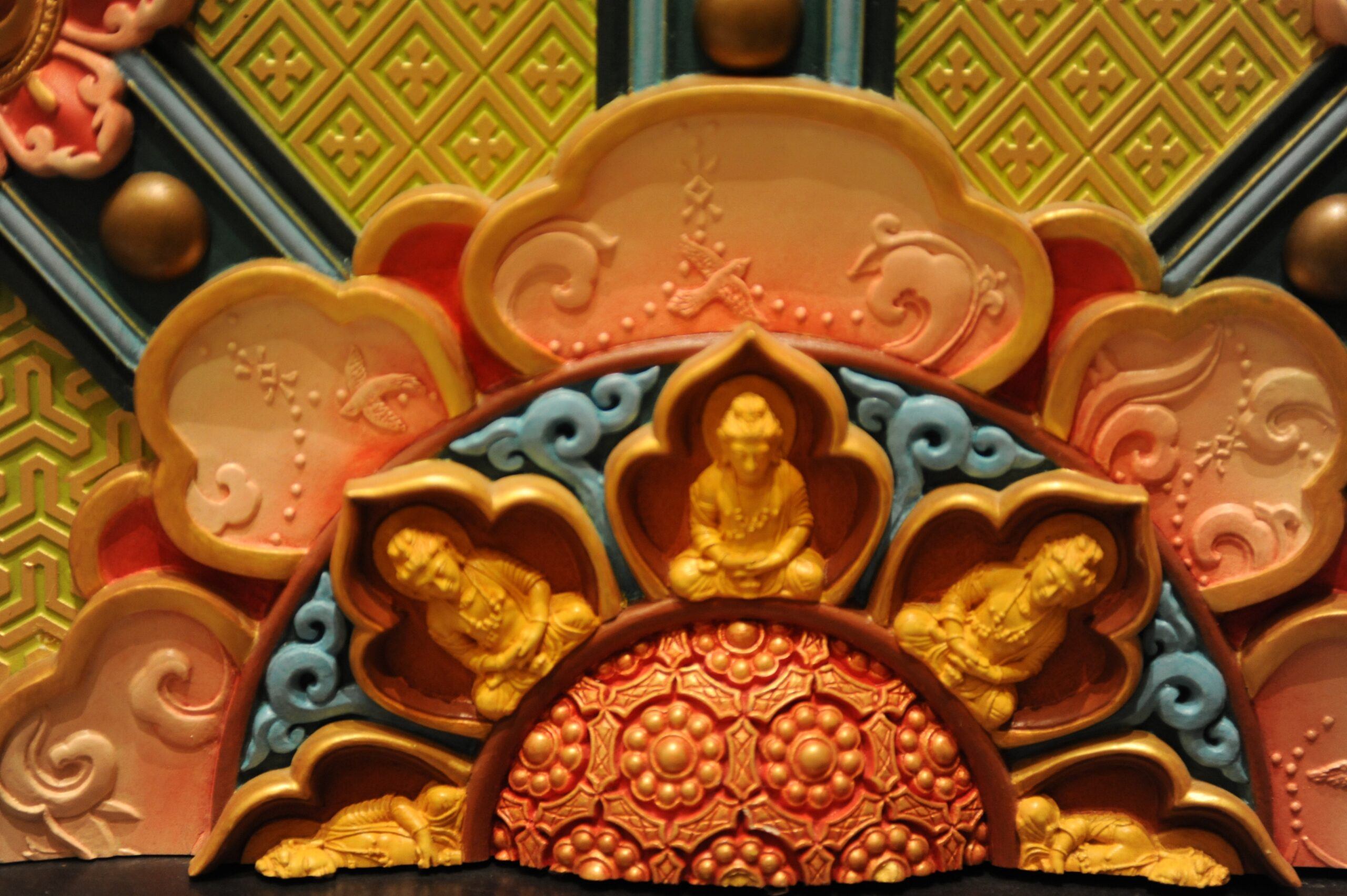What does Meditation have to do with Running?
by: Michael Sandrock
One of the special spots in Colorado — and there are many! — is the Drala Mountain Center northwest of Fort Collins, near Red Feather Lakes. It is 600 acres of aspen and pine-laden hillsides nestled next to national forest land. There are endless trails and dirt roads to run nearby, as well as a variety of retreats to attend, including Labor Day weekend’s “Running with the Mind of Meditation and Yoga,” (now titled Meditation and Yoga for Runners & Hikers) which I first went to 15 years ago.
That first exposure to meditation and mindfulness was transformational, and so, like many others, I watched updates last year when the Cameron Peak Fire swept through the area, burning more than a dozen buildings on the center’s land on its way to becoming the first Colorado wildfire to burn over 200,000 acres. Saved from destruction was the iconic Great Stupa of Dharmakaya Which Liberates Upon Seeing, a must-see Colorado visit, and which can indeed, for the person who is ready, spur liberation.
(As the Zen master Shunryu Suzuki said, enlightenment can come in 30 seconds, or 30 years).
Now, after a long closure, the Drala Mountain Center has reopened and is back hosting retreats. I’ll be returning to help facilitate this year’s “Meditation and Yoga for Runners & Hikers,” which has become a yearly highlight, a chance to reset at the interface between the end of summer and start of fall, a time to look ahead and ground and become centered.
After the pandemic shutdown, is this not needed more than ever?
What Does Meditation Have to do with Running?
You are likely asking, as I first did when the late Daily Camera sports editor Dan Creedon assigned a story asking me to write about the Boulder spiritual leader and marathoner Sakyong Mipham’s (author of the best-selling “Running with the Mind of Meditation”) Boston Marathon debut, what does meditation have to do with running?
Plenty, it turns out, a connection that once grasped can inform our lives and keep us from ending up as one of Henry David Thoreou’s “mass of men living lives of quiet desperation.” My take, and what we pass along at the retreat, is that “mindful running” involves a change in mindset to where you pay attention to yourself, your body, breathing, thoughts, attitudes, emotions and feelings, while running and in life. It is noticing what is going on in the moment and not trying to “run away” from sensations when they become uncomfortable. Key is that much of it makes us uncomfortable or dissatisfied, and causes anxiety — the Sanskrit term is “duhkha” — is below our conscious level, in the unconscious or subconscious. Tap into that and you have a powerful ally.
(As C.J. Jung put it, “Until we make the unconscious conscious, it directs our actions and we call it fate.”)
Of course, such descriptions and theory can often be, as the dukha-laden young Prince Hamlet says, just “Words, words, words.” A nice concrete example to illustrate this attitude is Boulder’s Olympic marathon gold medalist Frank Shorter, who was a mindful runner before there was a term for it. Shorter, a Boulder resident since 1973, was the defending marathon gold medalist and had been tapped by upstart new shoe company Nike as the runner to carry on the mantle held by Steve Prefontaine, Shorter’s friend and occasional training partner who died in a 1974 car accident.
Nike made a special pair of racing flats for Shorter to wear in the marathon. Shorter, as was his wont, warmed up in his training shoes; then, in the enclosed warm-up area, laced up his new Nikes. Ooops. The glue did not hold; the sole separated from the uppers. While his competitors were led into the Olympic stadium, Shorter was left in the warm-up area. The race was ready to start. He was not there and had no shoes. Surely an occasion for “duhkha.”
Mind of Meditation in Action
What to do? Did Shorter panic, get anxious, scream, yell or throw his hands to the heavens, saying “oh, woe is me.” No; not at all. He remained calm and, as he told me, had a sense that somehow it would work out. Here was the “mind of meditation” in action. And it did work out, because in the lead-up to race day, Shorter had asked a friend in Boulder to ship a backup pair of his Asics racing flats to Montreal. The box arrived at the Olympic village with “good luck” wishes from custom officials written across it.
However, the shoes were back in his room, on the other side of a high fence and too far away to run and get. As journalist Matt Hart writes, Shorter spotted a U.S. race walking coach who happened to be a suitemate. The coach ran off, returned with the spare shoes and tossed them over the fence. Shorter laced them up and ran into the stadium and the marathon start with only a few minutes to spare. Just over 2 hours, 10 minutes later, he had his second Olympic medal.
Was this all a matter of good luck? Or did years of mindful running increase Shorter’s ability to not only deal with stress, but to tap into his unconscious and somehow use it to become better, faster and stronger, and to make smart decisions? There is much more to the story that I’ll be sharing at the Drala mindful running retreat, along with these simple takeaways:
- Approach training your mind as you do training your body.
- Make meditation a habit, just as you do with running. A little bit each day goes a long way.
- Stay consistent; don’t overdo either meditation or running.
- Notice what arises, breathe deeply, and smile.
Join Michael, Marty and Lara this October!
About the Author


